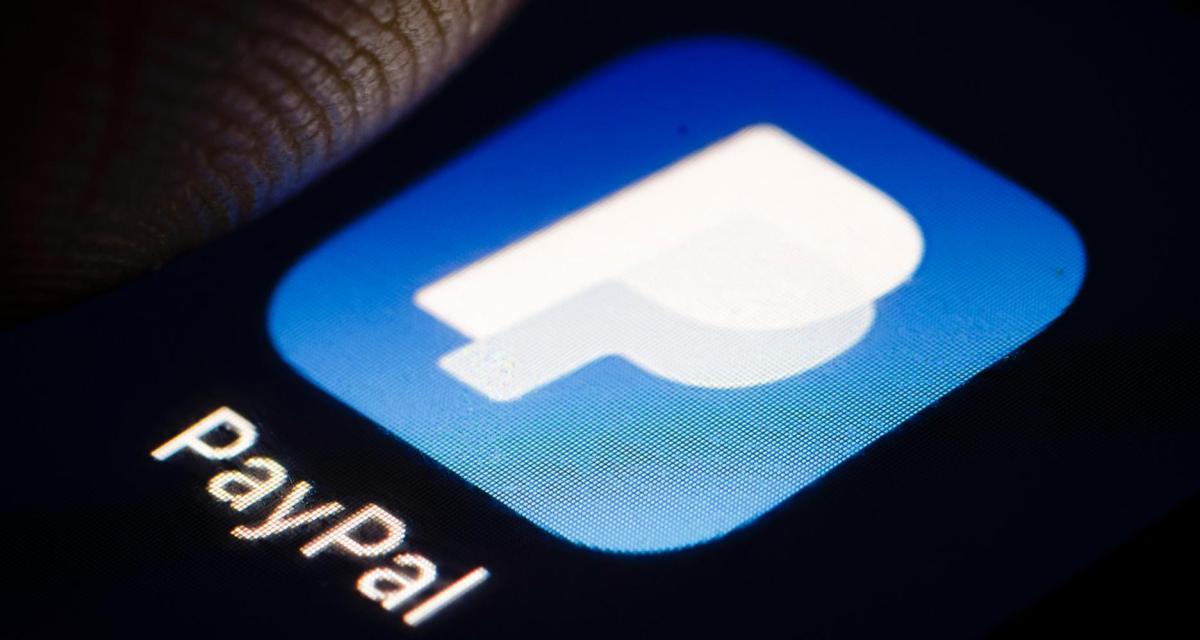Though PayPal has not yet confirmed it will now develop a competing wallet thanks to new APIs, the company has hinted in that such a plan is in the works.
© 2024 TechCrunch. All rights reserved. For personal use only.
PayPal is poised to take advantage of the iPhone’s newly opened-up NFC capabilities by developing a mobile wallet of its own for EU users. Earlier this month, Apple announced it would allow third-party developers to access new NFC (near-field communications) and Secure Element APIs, which today power contactless transactions and payments — like those enabled by Apple Wallet. Though PayPal has not yet explicitly confirmed it will now develop a competing wallet thanks to these new APIs, the company has broadly hinted in recent weeks that such a plan is in the works.
During the payment giant’s July 30 second-quarter earnings call with investors, PayPal CEO Alex Chriss responded to an inquiry about PayPal’s European strategy by noting that with “some of the changes coming particularly in Europe around NFC,” that would open opportunity for PayPal and allow it to “be prepared shortly to be able to play in that space.”
This wasn’t the first time Chriss had teased a mobile wallet, either. In the prior quarter, he had more directly stated that the NFC changes would make it “very easy” for PayPal to “provide a wallet in an Android or iPhone operating system.”
The company had also earlier touted that it planned to be able to deliver to its customers “both online and offline,” suggesting that PayPal merchants wanted to have an omnichannel solution that extended beyond e-commerce. An offline solution, in this case, likely refers to the plan to offer NFC-based transactions through a PayPal mobile app.
In the EU, consumers will be able to set a third-party wallet as their default, instead of Apple Wallet, as part of Apple’s compliance with the EU’s new regulation, the Digital Markets Act (DMA). This legislation creates additional opportunities for app developers, including those related to how they can distribute apps outside the App Store, use alternative browser engines and request interoperability with hardware and software features on iOS, like the Secure Element that’s involved in NFC transactions on iPhone.
To finally be able to offer a fully functional mobile wallet would be a major win for PayPal, given that the company for a long time has attempted to establish itself in the world of offline retail. Over the years, PayPal pursued a range of opportunities, including partnerships with national retailers in the U.S.; deals with point-of-sale software and terminal makers; features to pay local shops via its app; acquisitions of mobile wallet technology; the use of QR codes for retailer payments; partnerships with credit cards on offline payments; and tools for merchants selling offline, among others. However, Apple Pay continues to dominate in many markets thanks to the growth of contactless payments.
In Europe, PayPal has an opportunity with an NFC-based wallet, as 90% of Europeans had used its services as of 2022, though Google Pay and Apple Pay led when it came to mobile payments, specifically.
Reached for comment, PayPal declined to say more about its plans to develop an NFC wallet, like when it would launch or how it would work, pointing only to its recent earnings statements as guidance. However, Chriss is set to speak at the Goldman Sachs Conference on September 9, where PayPal’s EU plans will surely be discussed.

Leave a Reply